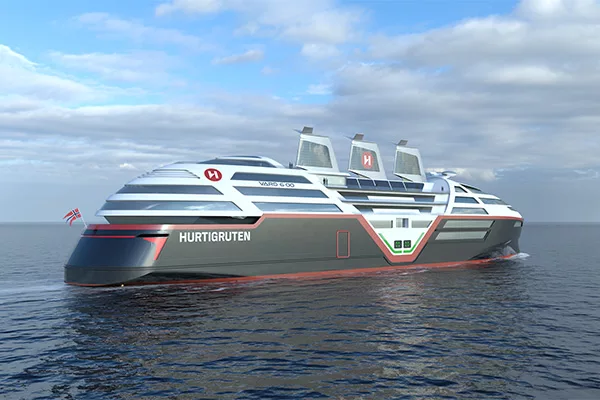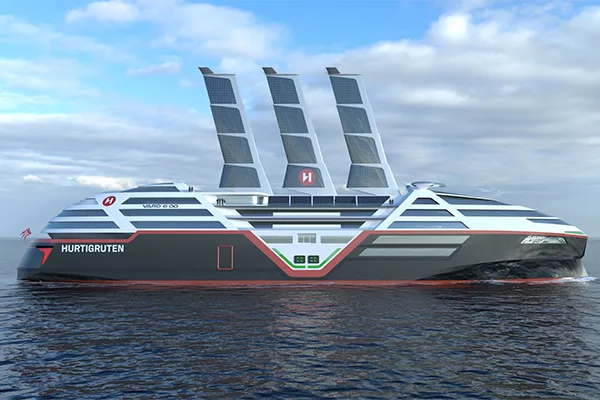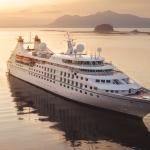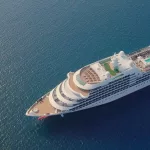Amidst the cruise industry’s ongoing quest to find solutions for reducing or eliminating CO2 emissions in the near future, wind-powered technology could be a promising avenue towards greener cruising.
Focus on Energy Reduction
Chief operating officer Gerry Larsson-Fedde at Hurtigruten Norway said, “We wanted to focus on how to reduce energy consumption on the ships instead of going straight into what kind of fuel type or energy source we will use”.
The Sea Zero Project
Hurtigruten is actively collaborating with multiple suppliers on the Sea Zero project to develop an energy-efficient Norwegian coastal ship by 2030 actively. This forward-thinking vessel will actively feature a 60 MW battery pack, along with fully automated retractable sails and solar panels, to actively enhance energy efficiency.
Larsson-Fedde mentioned that achieving 60 MW of battery power on a ship by 2023 is feasible. In addition, the batteries will be complemented by three fully automated retractable sails that will adjust to the wind direction as an active feature.
“The only manual part of the system will be someone telling the sails to retract”.
Taking advantage of Norway’s abundant summer daylight, the sails will be actively fitted with solar panels, mirroring the integration of solar panels into most of the aerodynamically designed superstructure of the 135-meter-long ship.
Future advancements in AI and Energy Efficiency
Larsson-Fedde also stated, “There has been a lot of focus on underwater optimisation to reduce drag, but there hasn’t been the same amount of focus above water”.
The company is actively reshaping the ship’s design to enhance the aerodynamics of the superstructure, actively aiming to reduce air resistance as the vessel effortlessly moves through the air.
This initiative also involves the development of a completely new bridge design, with robust backing from both the classification and flag state authorities.
“With the technology that is developing with AI and situational awareness, we believe we can reduce the bridge size to something similar to the cockpit of an airplane,” Larsson-Fedde said. “We are taking that concept and thinking to the next level, using machine learning for maneuvering for all these ports we go into frequently, and to use that data as a support system for the bridge officers.”
The company hopes to reduce energy consumption by 40 to 50 percent, and also pick up gains on HVAC optimization, air lubrication and getting guests involved in the energy-saving process.
“The hotel operation on a passenger ship consumes a substantial amount of power,” Larsson-Fedde said. “We are looking at ways of making guests more aware, and developing an app so they can monitor their energy consumption and be part of the journey.”







